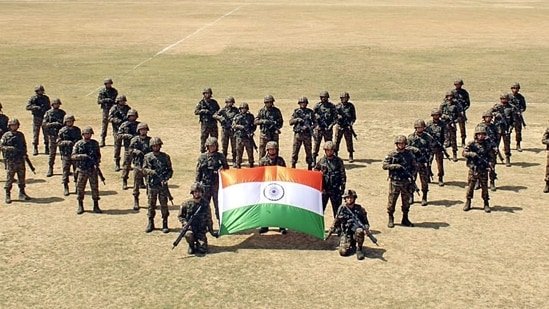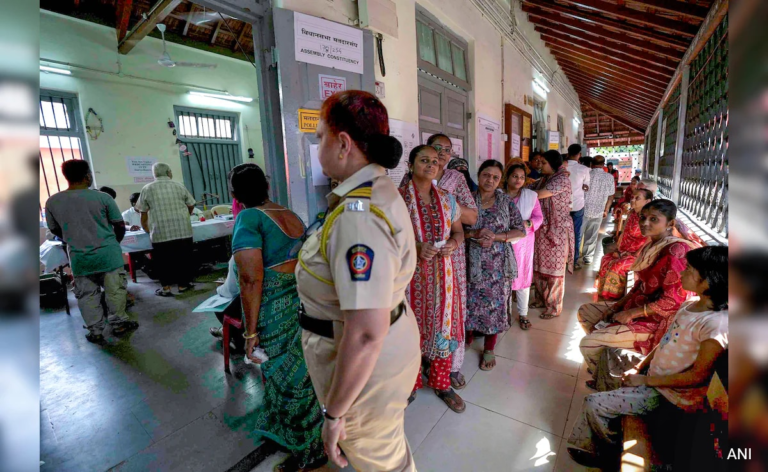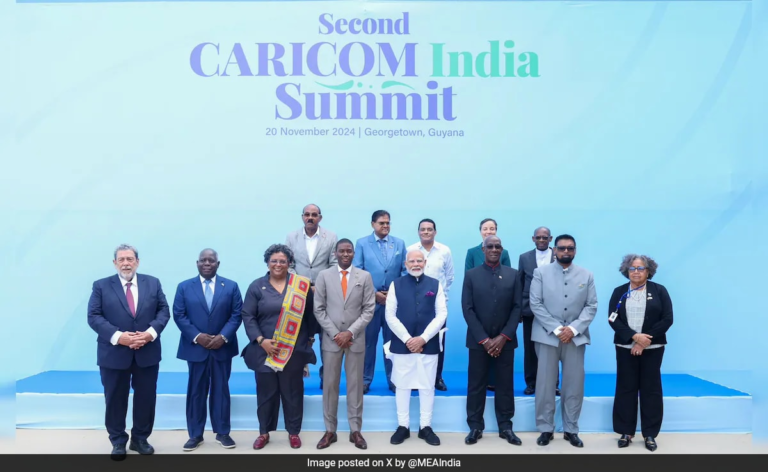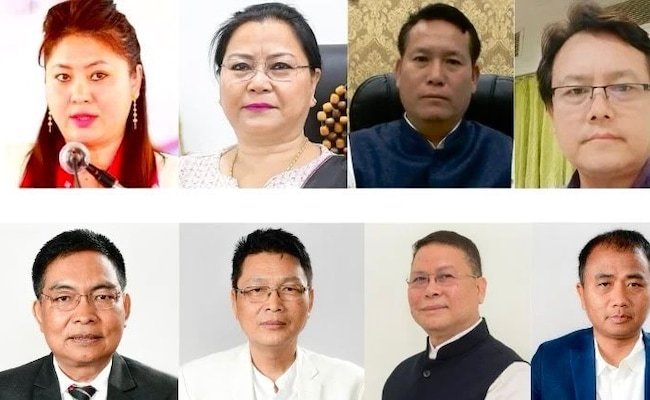
New Delhi’s move to appoint defence attachés in several foreign missions is of a piece with India’s rising economic clout and its self-perception as a leader of the Global South. It also needs to be seen in the backdrop of New Delhi’s plan to open 26 new missions, of which 18 will be in African countries. A third factor that provides context to the decision is India’s focus on self-reliance (atma nirbharta) in defence production, which is focussed not only on restricting imports but also on exporting Indian products, especially to African countries.

Defence attachés in friendly nations such as Russia and the US are involved in efforts to acquire new weapons systems and also facilitate military-to-military cooperation. The current push seems particularly focussed on the trade aspect, especially linked to the ambitious targets set in defence production. The defence ministry disclosed that India’s defence exports grew 32.5% and crossed the ₹21,000-crore mark for the first time last fiscal. New Delhi has set a defence export target of ₹35,000 crore by 2024-25; India exports military hardware to around 85 countries. There could be a wider market for marquee products such as the Tejas light combat aircraft (LCA) and the BrahMos cruise missile jointly developed by India and Russia. The decision to appoint defence attachés in the Philippines and Armenia reflects this new metric in diplomacy: In 2022, Manila inked a $375 million deal with New Delhi to acquire three batteries of the BrahMos cruise missile and Armenia became the first foreign customer for Pinaka rocket launcher.
The appointments in African countries — Mozambique, the Ivory Coast, Ethiopia, and Djibouti — follow New Delhi’s outreach to the continent, which was visible during the G20 summit when India aggressively championed the African Union’s inclusion. India’s trade relations with the African continent date back to ancient times. In the recent past, it was shaped by the idealism of a post-colonial third world, with New Delhi backing the many national liberation struggles in Africa and inviting newly independent countries to be a part of the Non-aligned Movement. This has now been replaced by a hard-nosed economic realism wherein India sees Africa emerging as a major market. This amplified engagement also has a security dimension since Beijing has been aggressively courting Africa and investing in infrastructure there as a part of its Belt and Road Initiative.







